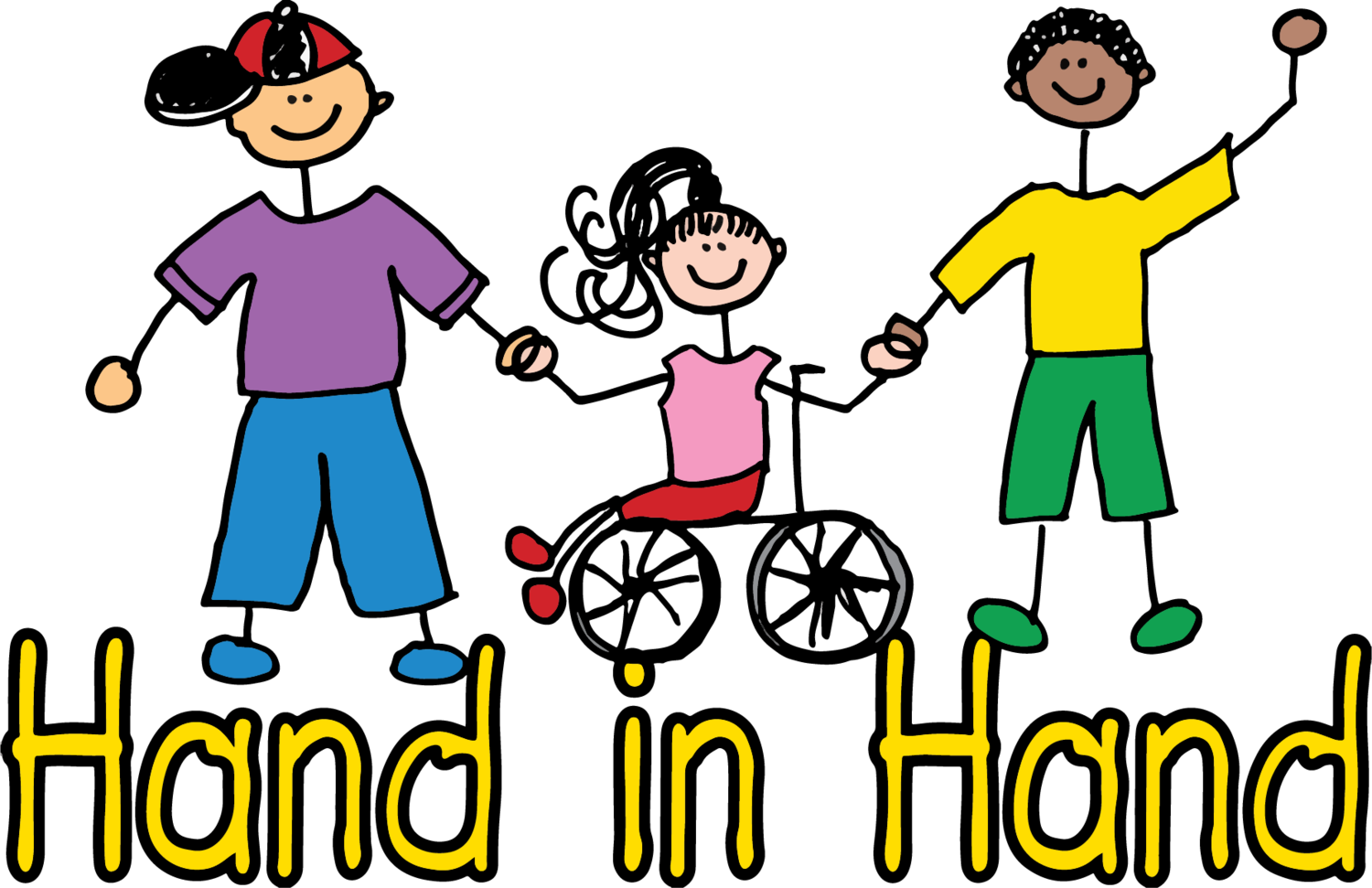Meet Our New OT Intern, Hannah!
The Occupational Therapy Department at St. Ambrose University has been an amazing partner with Hand in Hand for many years, connecting us with students who want to learn more about child development while being sensory friendly and adaptive. We find that we learn just as much from them if not more as they show us ways to implement occupational therapy techniques in our programs to help improve the lives of our participants. Hannah is our latest occupational therapy student to join us at Hand in Hand. She is currently working on her capstone project involving sensory and sleep-related resources for occupational therapists and families. Learn more about her project and how she’s already helping us at Hand in Hand below.
My name is Hannah, and I am a third-year occupational therapy student at St. Ambrose University. I am extremely excited to be at Hand in Hand for the next couple of months to complete my capstone experience!
The capstone experience is a 14-week rotation at the end of occupational therapy school to provide in-depth exposure to an area of interest and further inform the doctoral project portion of the curriculum. When we were given the opportunity to begin researching personal interests for our projects, it felt like an impossible task due to the expansive nature of occupational therapy. Occupational therapists help people of all ages and abilities better participate in meaningful activities. This could include working with a stroke patient to regain skills to complete a daily morning routine, finding adaptive ways for an older adult to continue growing a home garden, or helping children achieve developmental skills through play-based activities among many other avenues. It feels like the opportunities OT have to make an impact are endless!
I initially began researching information about sensory processing and integration. Sensory processing is defined as the way a person’s brain receives, processes, and responses to sensory information from the environment. Each person’s sensory systems are different and can affect day-to-day functioning. As I began to research more about sensory processing, I met with an occupational therapist who mentioned sleep difficulties many families she worked with experience. This led me to research causes of sleep issues in children and there was a clear link between sleep issues and sensory processing difficulties which are two areas that occupational therapists have expertise in!
Research has shown that sensory processing and integration difficulties have a positive correlation with sleep issues (Rajaei et al., 2020). There are many components of the sensory system, and each one can impact sleep in a unique way. Research has shown that adapting an environment to support sensory needs with sleep is one effective way to improve sleep quality (Dutt et al., 2015). This can include having black-out curtains to make the room dark, adjusting the noise level in the room, or setting the thermostat to a colder setting. It is also extremely important to consider the sensory preferences of all individuals to help support sleep. For example, some people like to sleep with white noise whereas others prefer silence. Each person has unique sensory needs that should always come first!
I noticed that there were limited sensory and sleep-related resources for occupational therapists and families. Therefore, I decided to create a model of practice for occupational therapists to use to help improve sleep quality through using sensory-based interventions in children with sleep difficulties as my capstone project. I have created a website with background information on the connection between sensory processing difficulties and sleep issues, assessments to measure sleep quality and sensory processing, evidence-based interventions, and proven outcome measures to track the effectiveness of the interventions.
My time at Hand in Hand has already consisted of so many amazing opportunities! I have learned from the teachers and classroom staff about various techniques they have had success with during nap time, applied some of the evidence-based practices that have been found to increase sleep quality, and shared knowledge and current research findings with staff members and parents. I feel extremely fortunate to be working closely with the participants, families, and staff of Hand in Hand to continue developing my project and learning more about the ways sensory needs impact sleep. Please feel free to reach out to me with any questions or if you are wanting additional information! I can be reached via email at johnsonhannahm@sau.edu.
References:
Dutt, R., Roduta-Roberts, M., & Brown, C. A. (2015). Sleep and children with cerebral palsy: A
review of current evidence and environmental non-pharmacological interventions.
Children, 2, 78-88.
Rajaei, S., Kalantari, M., Pashazadeh, A. Z., Tabatabaee, S. M., & Dunn, W. (2020). Sensory processing patterns and sleep quality in primary school children. Iranian Journal of Child Neurology, 14(3), 57-68. https://doi.org/10.1080/02739615.2019.1605607

